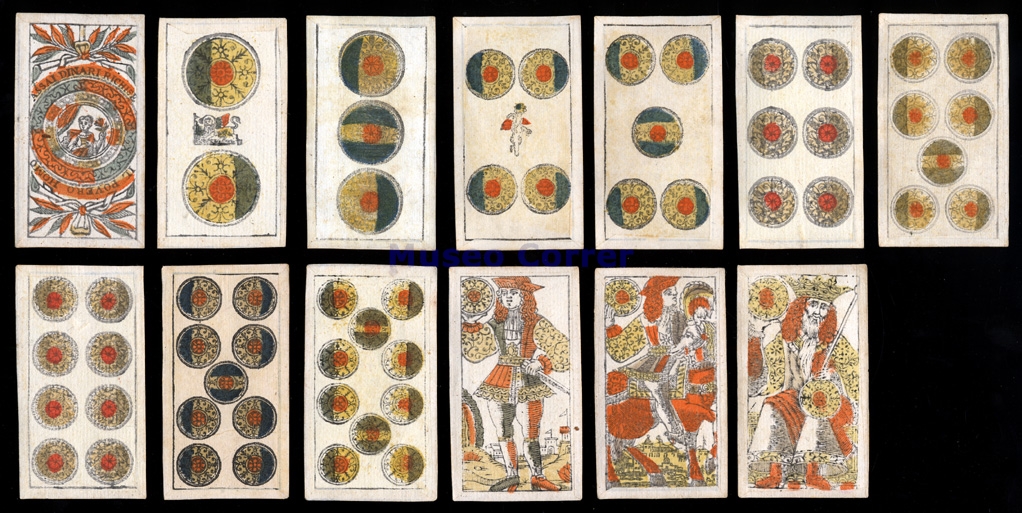Kristi here.
No matter the job or social class, people have always found ways to entertain themselves and have fun. Some people have more time to pursue these endeavors than others, but everyone must find the time to enjoy themselves or suffer potential emotional burnout.
It was no different in 19th century England. One pastime that crossed all class and social lines was cards. Men and women, elite and servant, shopkeeper and soldier – all were known to deal in a hand from time to time.

Most of the games involved an element of gambling, using poker chip-like markers to place and collect bets. These were called fish, though by this time they didn’t always look like fish. (You can see pictures and learn more about gaming fish here.)
Were you to sit down at a table with your favorite Regency heroine, the cards would be similar enough to modern decks that you would have little trouble figuring out what was in your hand. You would have to do a bit more counting though, as the corner indexes didn’t appear until later in the 19th century. During the Regency cards simply had the needed number of emblems, requiring frequent counting to ensure the card’s number.

You might even recognize one or two of the games being played at the Regency card table.
Vingt-et-un is still played in every casino around the country, though in America it is commonly referred to as Twenty-one or Blackjack.
Cribbage was well established by this time. Rules have shifted and adjusted over the years, but the game was largely the same, including the peg board.
Whist is a game found frequently in Regency-based novels. A precursor to today’s game of Bridge, Whist is played by two pairs of partners and was more of a gentleman’s game, though the ladies were known to play it as well.

Cards were such a ubiquitous enjoyment that parties and social gatherings were formed around the versatile game apparatus. When many people wished to play together, they played “round” games. These could, theoretically, be played by any number of people, so were excellent for parties and generally allowed for more camaraderie among the participants than the more serious and structured games, such as Whist.
Many of the “round” games seemed to derive from the French game Loo. Players had to pay into the pool in order to participate. Everyone would then be dealt a hand of cards (either three or five cards each, depending on the version.) Each person that won a trick would get a proportionate share of the pool.
Cards during the early 19th century did not yet bear the intricate patterned backs we are used to today, instead they were plain white, lending themselves to card marking and cheating, even inadvertently, with slight smudges and markings.
The wealthy would provide packs of brand new, government sealed playing cards when they had guests over. The less affluent made do with the cleanest deck they had available.
While today’s card backs bear everything from red and blue swirls to pictures of sports teams or even our own families, one thing remains the same. Even the barest of game cabinets is likely to contain a deck of cards.
So break open a pack and take yourself back to Regency England. Don’t worry if you don’t have anyone to play with. Deal out a regular game of solitaire and tell yourself you’re playing Patience.
Originally posted 2012-10-01 10:00:00.

